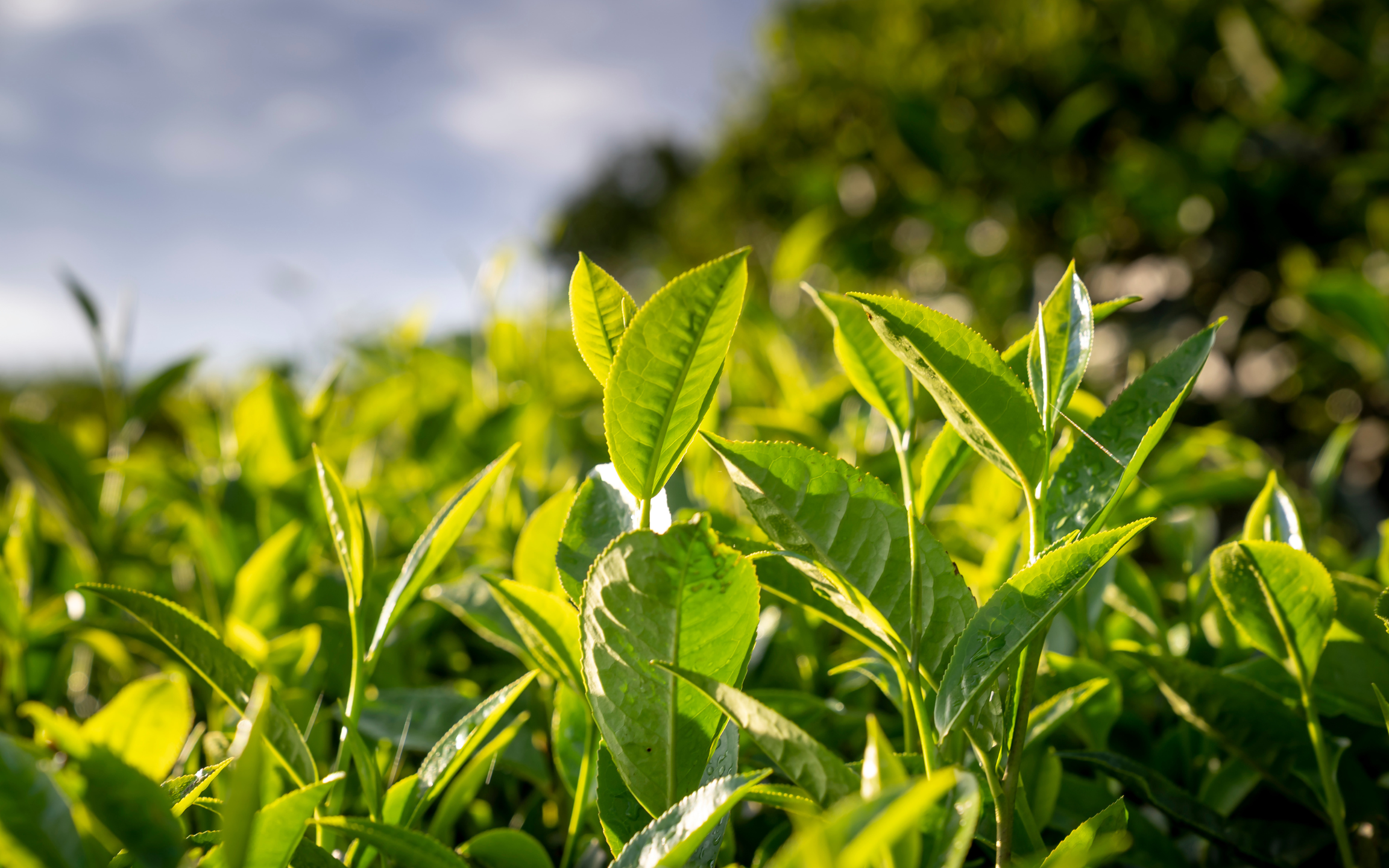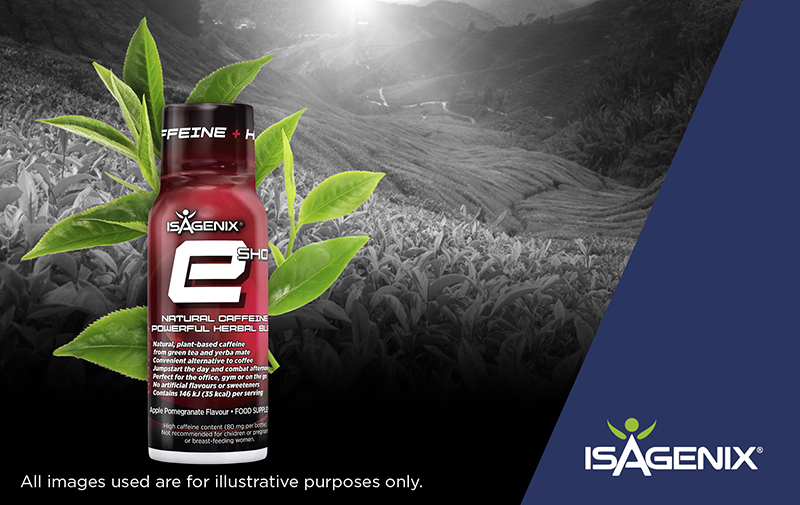A Day in the Life of Lauranne Mertens
Let’s take a look at how she balances success, wellness, and family life — all in a day’s work...
The Amazing Benefits of Green Tea
Contemporary research confirms green tea catechins have a variety of benefits including in digestive health, cardiovascular health, supporting weight loss
How e-Shot® Can Help You Achieve Your Goals
The novel combination of naturally sourced caffeine and herbal ingredients in e-Shot® is what sets it apart from other energy drinks on the market. The unique blend of ingredients also make the function of this product extremely versatile, and there are many ways to incorporate this drink into your daily routine...
Podcast: Benefits of Cleanse Day Products
Trainer: Rebecca Haresign BSc ANutr, Product Education and Nutrition Communications Manager, Europe Cleanse Days* are an important part of any Isagenix System, and Isagenix has a variety of products to support you through the day. Learn more about how, when and why to use each of these products. * A Cleanse Day is a nutritionally supported fast that nourishes and energises your body’s own detoxification systems. For further Cleanse Day information, visit Isagenix.com.
What’s are the Benefits of e-Shot Compared to Other Energy Drinks?
Over the last few weeks we’ve learnt how e-ShotTM can help you through Cleanse Days*, boost your workouts, and more about one of the key ingredients in e-Shot; green tea. This article will look at how e-Shot compares with other energy drinks available. Calories Compared to other energy drinks, e-Shot provides relatively few calories. Many caffeinated drinks available today can provide as much as 200 calories, and these calories don’t tend to provide any positive nutrients such as protein or fibre. Over time, these additional calories can add up, increasing energy intake and even leading in weight gain. An e-Shot provides just 35 calories, meaning it’s also a great Cleanse Day* tool. It can give you the boost you need [...]
Product in the Spotlight: Green Tea in e-Shot
Tea comes from the plant Camellia sinensis, and is consumed around the world as green, black or oolong tea (1). Tea is widely used in traditional medicine systems of China, Hong Kong, Japan and Korea (2). Green tea is the second most popular beverage in the world (3), and it’s estimated that about 2.5 million tons of tea leaves are produced each year. Around 20% of this is produced as green tea. Green tea is mainly consumed in Asia, some parts of North Africa, the United States and across Europe (4). What’s the difference between green tea and black tea? For many centuries it was believed that black tea and green tea came from different plants. However, it is now [...]






